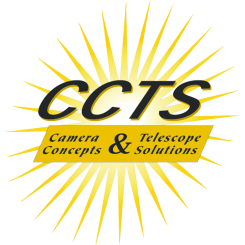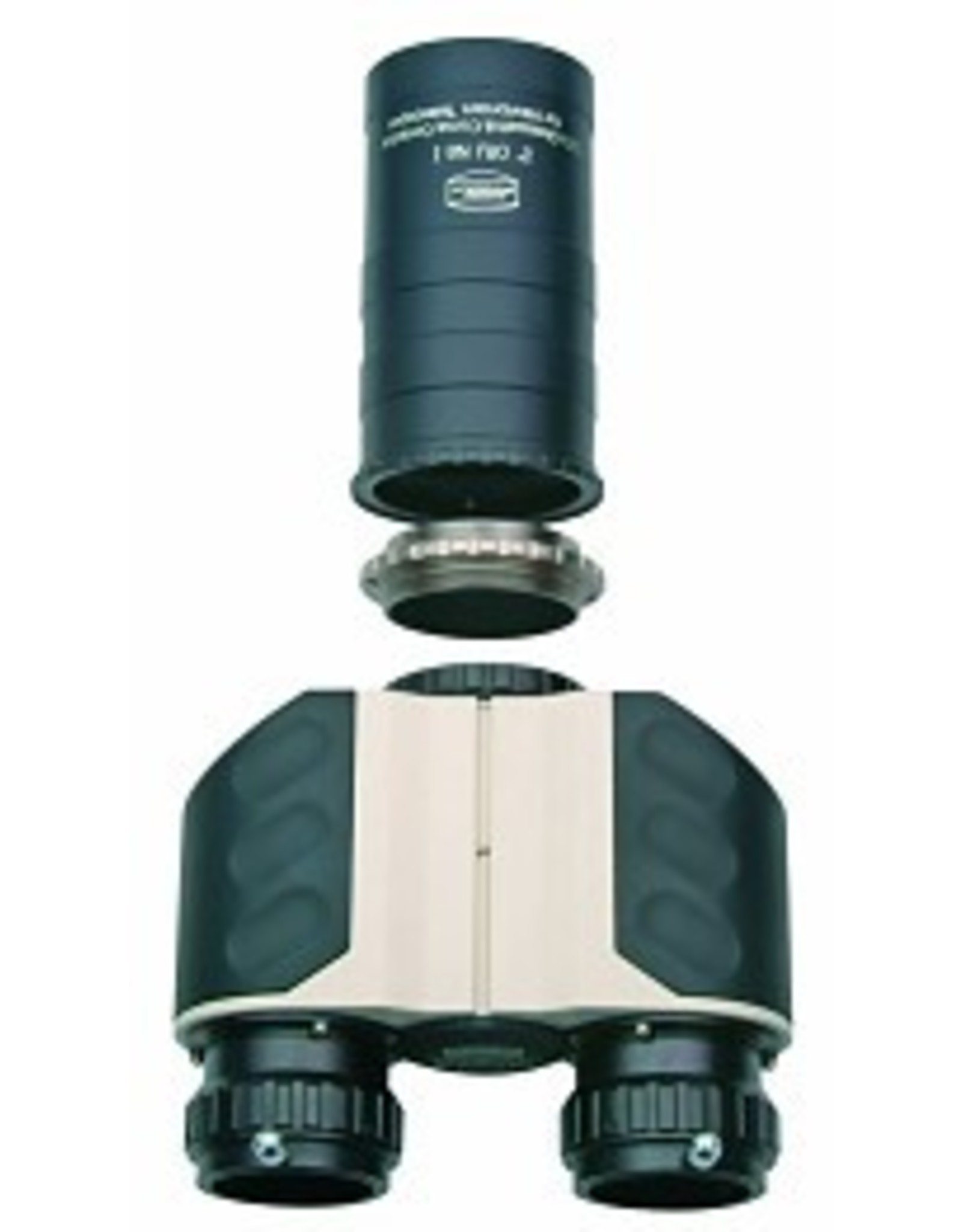Baader Planetarium 2" Newtonian 1.7X Coma-Correcting Glasspath Compensator
| Article number: | ORJ |
| Availability: | More on the Way to us |
| Delivery time: | More on the Way to us |
Not just another me-too optical multiplier/extender, the complex optical design of the new Baader 2" Newtonian 1.7X Coma-Correcting Glasspath Compensator provides an extremely sharp and high contrast image on-axis, as well as off-axis -thanks, in part, to it's coma-correcting properties. The design also incorporates glasspath compensation for the spherical aberration and color error inherent in binoviewers.
- 2" Glasspathcorrector® Factor 1.7 for Newtons - at full aperture with integrated Coma-Corrector. Includes T-2 change ring (#2456320) for adaptation on Maxbright Binocular
- Suitable to insert into the Baader Maxbright II and Mark V Großfeld Binocular viewer (insert diameter: ∅ 2" - 50.8mm, incl. M48 filter thread)
- A Baader Glasspathcorrector® is not a Barlow lens! The reason for this name is only secondly the displacement of the focal point
- A Glasspathcorrector® is primarily intended to correct the prismatic color fringing that occurs on Refractors due to the long glasspath used in binocular prisms
Until now, using a binoviewer with Newtonians has been difficult, owing to the limited back-focus (in-travel) of most telescopes (particularly dobsonians). Some binoviewers require up to 5" of back-focus, far more than available on any typical Newtonian. Often, users must significantly shorten the truss poles or tube, in order to extend the focal plane (penalizing central obstruction, or increasing vignetting). Another solution has been to use a high powered barlow or small diameter 1.25" optical corrector/extender lens, which has the drawback of increasing magnification and significantly reducing the field of view illumination. What is needed is a large aperture low power focal-extender to extend the focal plane of a Newtonian, without excessive amplification or introducing new aberrations. Baader Planetarium enlisted the services of the world-renowned Zeiss APQ optical designer, Dr. Pudenz, to design such a difficult corrector specifically for Newtonians. The Baader 1.7X Newtonian Compensator is the result of this collaboration.
Not just another me-too optical multiplier/extender, the complex optical design of the new Baader 2" Newtonian 1.7X Coma-Correcting Glasspath Compensator provides an extremely sharp and high contrast image on-axis, as well as off-axis -thanks, in part, to it's coma-correcting properties. The design also incorporates glasspath compensation for the spherical aberration and color error inherent in binoviewers.
It's large clear aperture avoids vignetting, even with the Baader Mark V Giant Binoviewer. The finest 7 layer multi-coatings available provide extremely high transmission optimized for visual use. Carefully designed and executed internal baffling eliminates all off-axis stray light - pointing the corrector to the light reveals a pitch black interior free of reflections from all internal surfaces (also, threaded for 2" filters). This is especially important in truss tube Newtonians, where off-axis light may enter the corrector from the side. The result is an almost transparent optical system that won't reduce image quality in any way (it actually improves the off-axis performance).
Each Newtonian compensator corrector comes ready to attach to the Baader Maxbright-Binocular viewer. Simply screw on the included T2-07 Quick Change Ring to the Maxbright, and the Newtonian Compensator quickly attaches via it's integral quick change dovetail. The compensator also attaches directly to the integral dovetail of the 29mm aperture Baader Mark V Giant Binoviewer.
Please Note: The Baader 2" compensator has been designed first, and foremost, for high image quality. While the Newtonian Compensator greatly reduces the needed back-focus, in order to achieve such high image quality, some back-focus is still required. When used with the Baader Mark V binocular viewer, approximately 32-38mm of telescope back-focus (focuser in-travel) is needed. The Baader Maxbright-Binocular Viewer requires approximately 30-36mm of back-focus. This value is approximate, and depends on the specific eyepiece used and any focus correction that is required by the observer's eyesight. This distance is Not adjustable (unlike some bino multiplier/extenders). Changing the optical spacing (and amplification factor) in order to vary back-focus compromises the optical performance and results in a reduction of image quality. For help in determining your telescope's back-focus, please click on the Back-Focus link.






